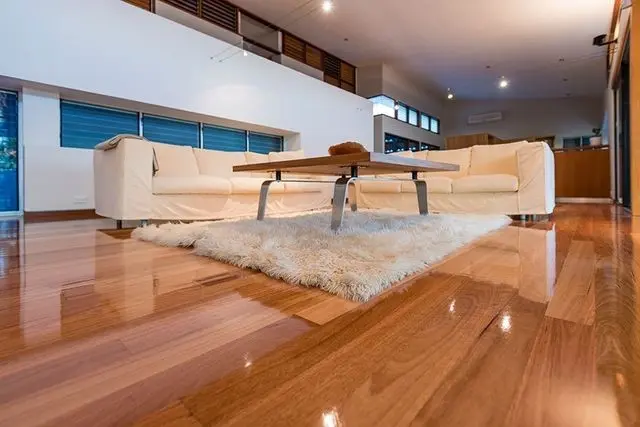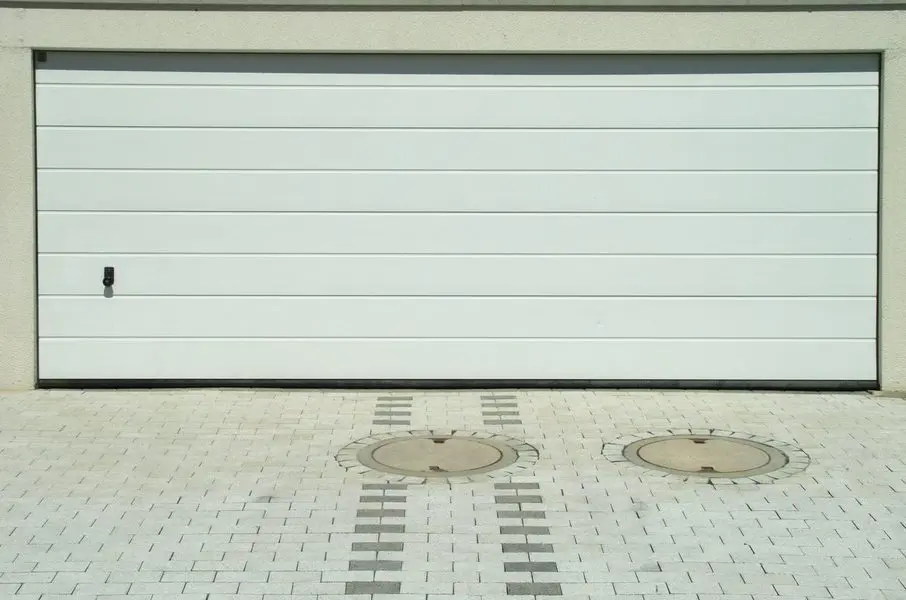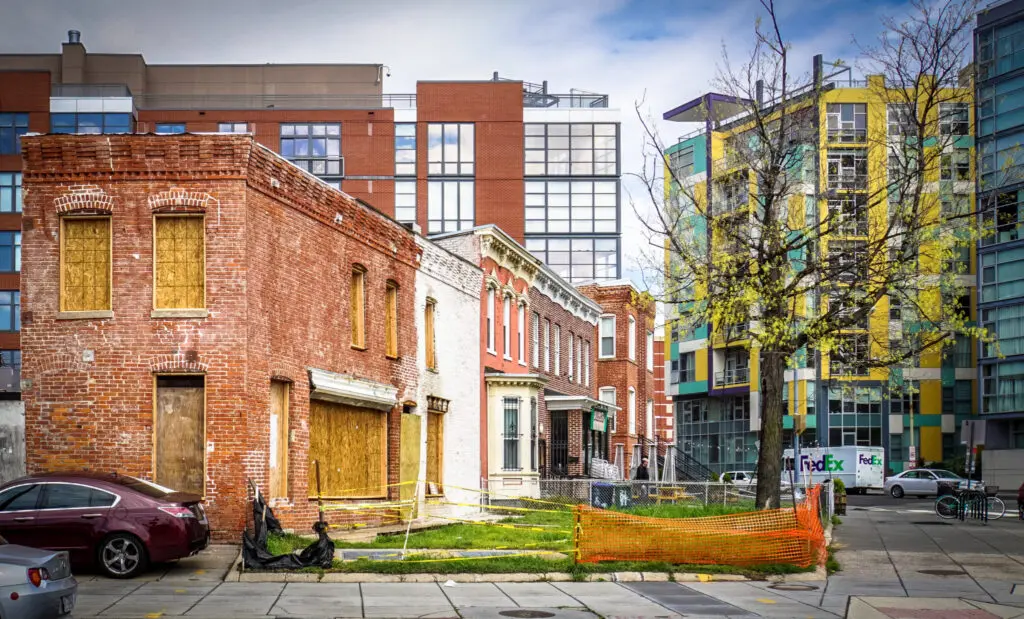Many homeowners regard wood flooring as one of the finest and most luxurious flooring options available. Beyond providing exceptional comfort, warmth, and elegance, timber flooring adds a unique flair to any space. Furthermore, it is a durable and resilient investment that stands the test of time, making it a smart choice for lasting value and aesthetic appeal.
Purchasing high-quality timber flooring is straightforward, yet it requires careful consideration due to the significant investment involved. Timber itself is a premium material, and additional costs such as installation, finishing, and maintenance should also be taken into account.
Selecting the perfect timber flooring for your home can be challenging. Before making a decision, it is important to understand the various materials and consult with a professional contractor to ensure the best outcome tailored to your specific needs and environment.
Chances are, you have several experienced contractors nearby. Don’t hesitate to seek their expert advice to guide your flooring choice and installation process.
What Is Timber Flooring?
Timber flooring is primarily crafted from high-quality wood, often sourced from premium Australian hardwood species such as maple, mahogany, teak, walnut, Tasmanian oak, and European oak. These species are celebrated worldwide for their exquisite timeless beauty, low maintenance, and outstanding durability.
Timber floors effortlessly blend classic charm with modern sophistication, making them a highly sought-after option for many homeowners. For professional contracting and installation services near you, visit https://www.qualityflooring.com.au/.
Recognized as one of the hardest and most durable types of hardwood, timber flooring can last between 50 to 70 years or more when properly maintained, offering excellent long-term value.
Types of Timber Flooring
- Solid Timber Flooring
Solid timber flooring is constructed from a single piece of natural hardwood. Most solid hardwood species provide superior strength and longevity compared to softwoods, making them ideal for those seeking a floor with exceptional lifespan.
These floors can endure multiple rounds of sanding and polishing, allowing for longevity and repeated refinishing. Installation options include plank, herringbone, and parquet patterns, providing timeless visual appeal that complements any decor.
However, solid timber is sensitive to temperature and moisture variations, so proper installation and climate control are crucial to prevent warping or splitting.
- Engineered Timber Flooring
Engineered timber flooring consists of multiple thin wood layers bonded together, offering enhanced dimensional stability. Due to their moisture-resistant properties, engineered floors are perfect for areas with higher humidity, such as basements or bathrooms.
They come in various wood species and patterns and can usually be refinished several times depending on the thickness of the top veneer layer. Engineered timber is generally more affordable than solid timber, which has contributed to its growing popularity among cost-conscious homeowners.
While the thinner wear layer might limit durability in the long term, engineered flooring is still a robust and flexible solution for many environments.
- Bamboo Flooring
Bamboo flooring is an eco-friendly and highly sustainable alternative, made from rapidly renewable bamboo grass. Although not technically a hardwood, bamboo provides a luxurious look with a silky smooth finish and remarkable durability.
Bamboo naturally absorbs water, so like other natural wood-based floors, it may warp or discolor over time when exposed to excessive humidity. Proper sealing and maintenance can help prolong its lifespan. For more information about bamboo as a building material, visit find out.
Timber Flooring Finishes
- Water-based Polyurethane
This is the most popular timber flooring finish today. Water-based polyurethane forms durable, scratch-resistant layers and is considered one of the greenest finishing options due to its low levels of harmful emissions. It is available in a variety of sheens ranging from matte to glossy, providing versatility while maintaining transparency.
- Oil-based Polyurethane
Oil-based polyurethane uses mineral oils to bind the polyurethane solids, resulting in a more resilient and longer-lasting finish. It enhances the wood’s natural color with a richer, warmer tone and comes in different sheens. However, it tends to emit stronger odors during application and curing.
- Moisture-cured Polyurethane
This solvent-based finish cures in the presence of moisture or water vapor, combining the benefits of both water- and oil-based polyurethanes. It provides excellent water resistance and durability, making it a superior choice for high-traffic areas.
- Hard Wax
Hard wax is a natural finishing product comprising paraffin, carnauba, linseed, beeswax, and plant extracts. Known for restoring the wood’s natural sheen without harmful chemicals, it offers a soft, warm finish that enhances the timber’s beauty over the years.
- Shellac
Shellac is a traditional finish made from natural resin secreted by lac bugs. It delivers a warm, glossy tonality and dries rapidly, making it excellent for layering. While it provides basic protection against everyday wear, it is less resistant compared to modern finishes.
- Varnish
Varnish is composed of various resins, including natural pine resin and acrylic, which provide resistance to water, abrasion, and UV damage. Available in transparent and tinted forms, varnish creates a thicker protective coating that improves the flooring’s longevity and appearance.
Why Choose Timber Flooring?
Timber flooring is synonymous with timeless elegance and durability. Unlike synthetic materials, timber showcases unique grain patterns, ensuring that no two floors are identical. This individuality enhances the aesthetic appeal and adds character to your home, making timber flooring a distinctive and treasured feature.
Timber complements both contemporary and classic interior designs, offering an authentic, timeless look. Available in various species, finishes, and styles, timber flooring can be tailored to suit every home, thereby increasing both the beauty and resale value of your property.
With diligent care, regular upkeep, and timely repairs, timber floors can last for decades. They can be refreshed through sanding and refinishing, which not only preserves their appearance but also reduces environmental impact by extending the floor’s lifespan and minimizing waste.
Additionally, timber is a renewable resource when sourced sustainably, aligning with eco-conscious living trends. The warmth and natural comfort timber floors provide contribute to healthier indoor environments, making them a top choice among homeowners.
Rooms Unsuitable for Timber Flooring
While timber flooring offers many benefits, there are situations where it may not be the most practical option:
Prolonged exposure to moisture can cause wood to absorb water, leading to mold, expansion, and warping. Even routine cleaning with excessive water or mopping can damage timber floors. Therefore, rooms with high humidity or frequent water exposure—such as bathrooms and laundry rooms—are often unsuitable for timber.
Timber flooring is also prone to dents and scratches, making it less ideal for households with heavy foot traffic, children, or pets with sharp claws. Though damages can be repaired with sanding, the maintenance can be demanding.
In residences with elderly or very young family members where falls are a concern, timber’s hard surface might require additional precautions to prevent injuries.
If you want to explore more about flooring options, including alternatives to timber, visit our Interior Design category for comprehensive insights and expert recommendations.
Understanding the appropriate applications and limitations of timber flooring ensures that you make a well-informed decision for your home environment. When maintained properly, timber floors enhance the aesthetic value and comfort of your space, providing a classic yet practical investment that lasts a lifetime.



